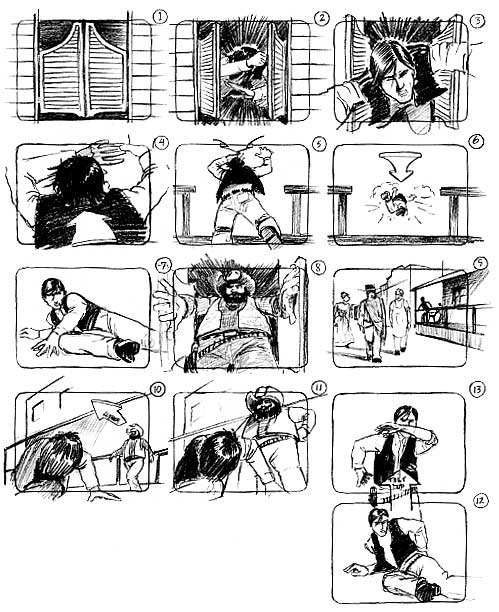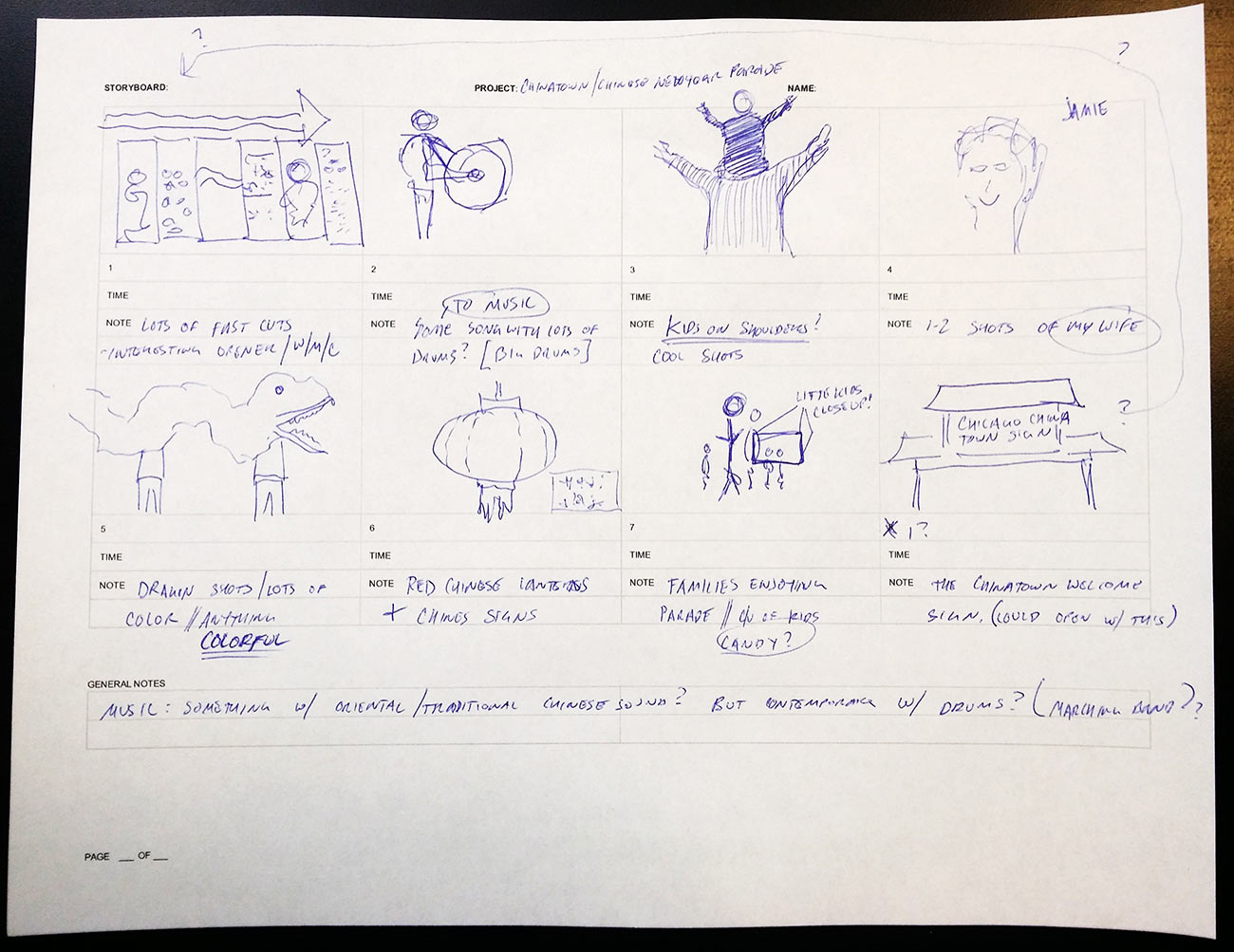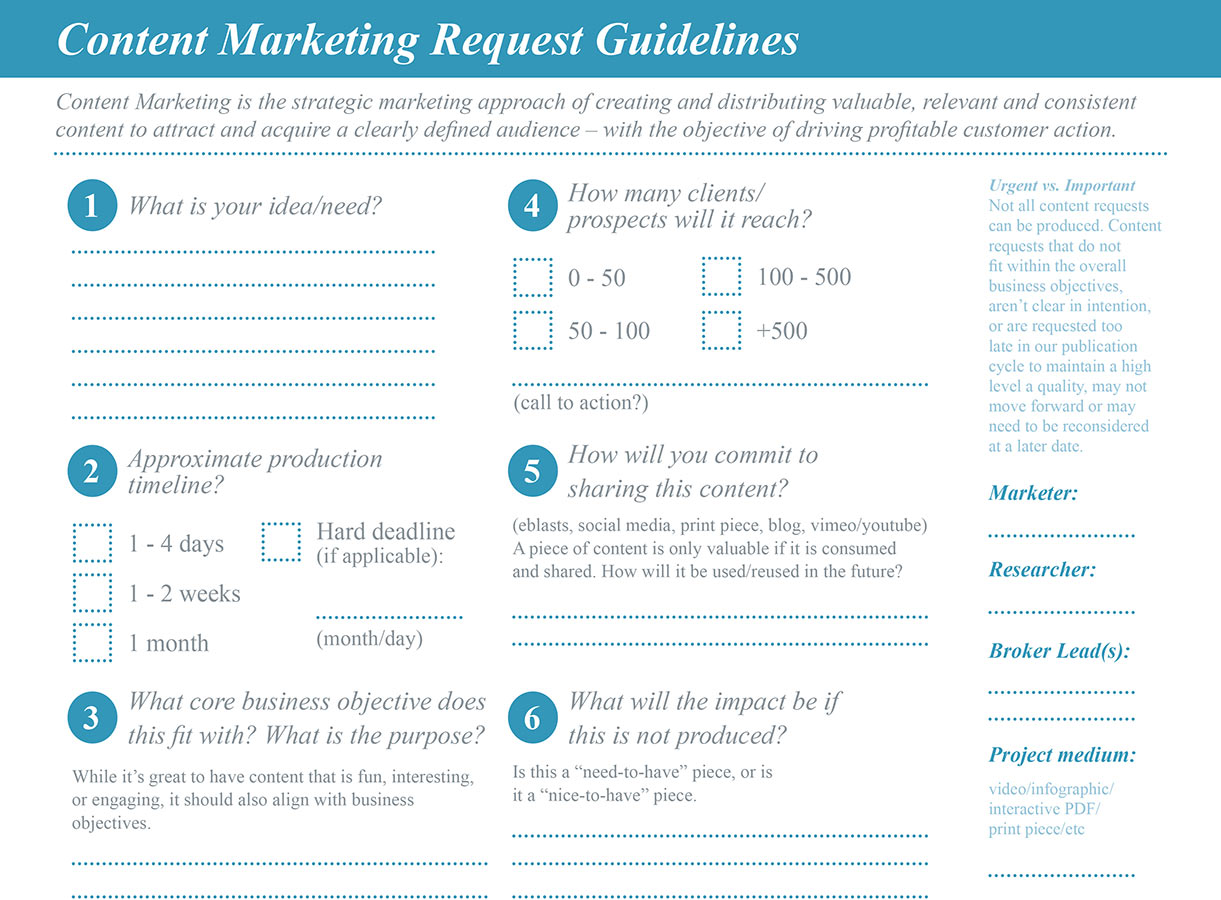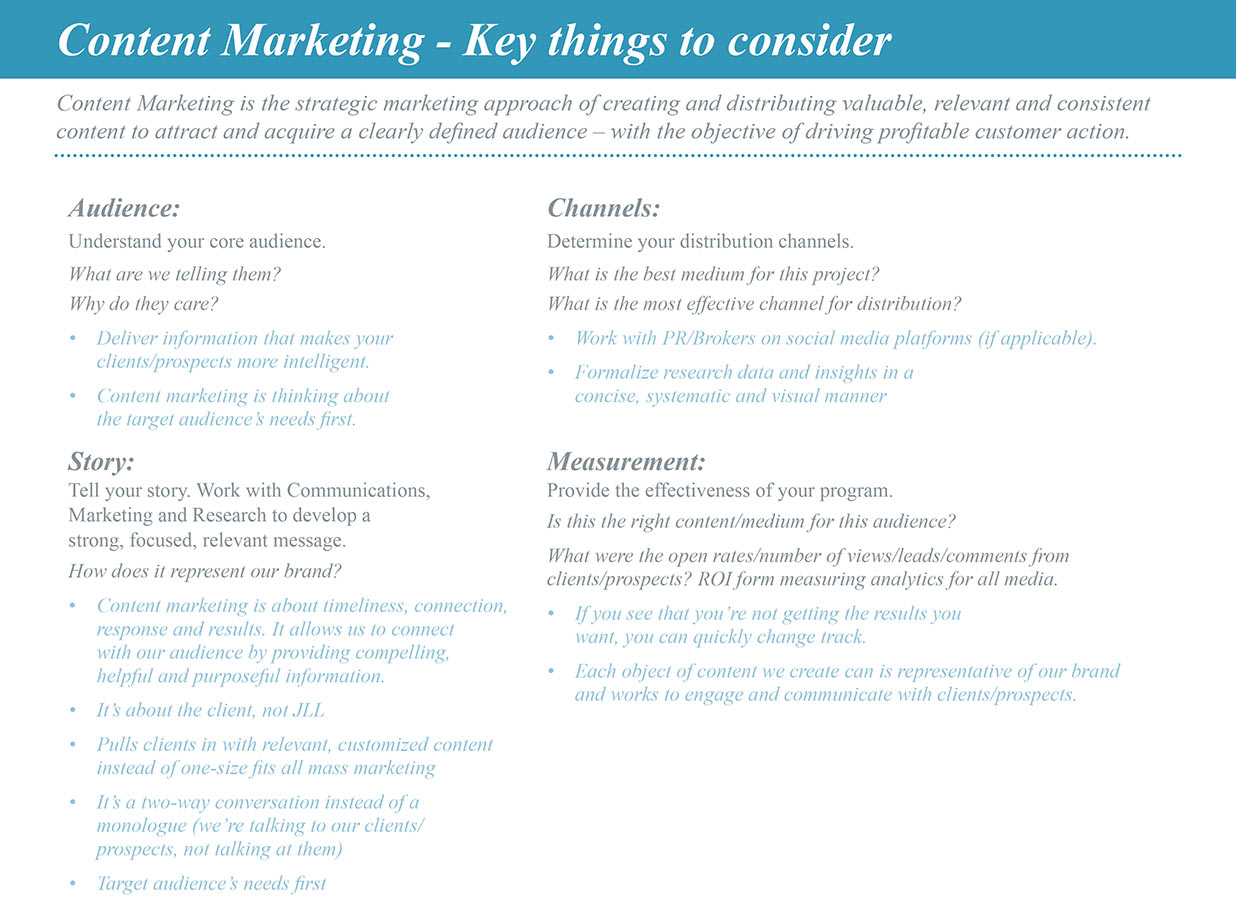What to do Before you Start your Video: Storyboard or Shotlist
What is a storyboard? A storyboard is a lot like a comic book. It visually tells a story of a script or an idea. Detailed storyboards show which way characters are moving n the frame, conversation, time passing, and information about the camera. They are used all the time in fictional films to help the videography team get on the same page and understand the direction of the project.
Storyboarding without a Script
So what if you don’t have a script? Can you still use a storyboard? Yes. What if you don’t have any artistic talent – can you still use a storyboard? Yes. Anytime you are shooting video it’s a good idea to do some planning. Remember that there is no wrong way to storyboard. Forget what you think they are supposed to look like. Storyboards are for you. At their most simple, they are your notes. Sometimes my storyboards have no pictures at all. My storyboards often just outline chronology and contain a general shot-list. There’s nothing worse than getting home and realizing you forgot to get a shot you knew you wanted.
Thinking about your shoot before it starts can save you hours when it comes to editing. The more you plan the lower you can keep your shooting ratio. When I shoot interviews and corporate videography I aim for a shooting ratio about about 5:1. That means if I am asked to create a 3-minute video, I will shoot approximately 15 minutes of footage. This low shooting ratio can only be achieved with thoughtful planning.
Getting Started with your Storyboard
For our purposes, non-fictional work, I always suggest thinking about two things first:
- Who is your audience?
- How long is your video?
- Knowing your audience is important. It helps you to identify your subject matter as relevant. Will my audience be interested in my content?
- Knowing the length of your video should start to give you an idea about how much footage you should take.
- The first twenty seconds of you video are crucial. How can you make them engaging?
As your audience becomes more specific, your video can become more targeted. This allows you to really speak directly to your viewers. The larger your audience, the harder it is to hold the attention.
Parameters to Challenge Youself
Many people, when first getting started in video fail to leverage the power of the editing process. Editing can make your story more compelling and keep you audience from getting bored. As an exercise, try to make a short video that does the following.
Your video must contain:
- Minimum of two locations
- No un-cut clip longer than 10 seconds
- Minimum of two wide shots, two medium shots, and two closeup shots
Based on the challenges posed above – we might do a storyboard like this:
Storyboard/Shot list example: Let’s say you were going to shoot an interview with a basketball coach. It’s not a scripted session, so storyboarding becomes more like a shot-list. You know you will be interviewing the coach; but using your story board you should decide if the location and details of the interview. Will the coach be standing? Sitting? In his office, locker room, or on the court? We need at least two locations.
- Part of interview on basketball court
- Interview in coach’s office
This covers our two locations. Next we need to think of b-roll. Your storyboard will also have ideas that tell you what to shoot. It might include a person doing a layup. A closeup of the ball coming through the net. The coach with a clipboard and a whistle. The coach yelling at his players. A wide angle shot of the coach talking the huddle. This list starts to assure we get lots of shots to cut to and we get our wide, medium, and close shots.
Pacing
If you have never used a storyboard of any kind or never really thought about what you were going to shoot before hand, this exercise can help you become a better videographer. Commercials are great examples of thoughtful videography. The storyteller has a very limited amount of time to get the point across. This forces the video to be succinct. It also panders to our limited attention span. The first thing I suggest doing is watching three or four commercials. Count the number of hard cuts in the commercial. Take the time (usually 30s and divide by the number of cuts). What is the average length of a clip?
Music Soundtrack and Editing
Sometimes Hollywood is accused too much of ‘telling the audience how to feel.’ So what. Humans are drawn to music. It moves us. Adding a soundtrack to your videography can greatly enhance the story and emotion of what is on screen.




Good checklist. Than you for sharing!